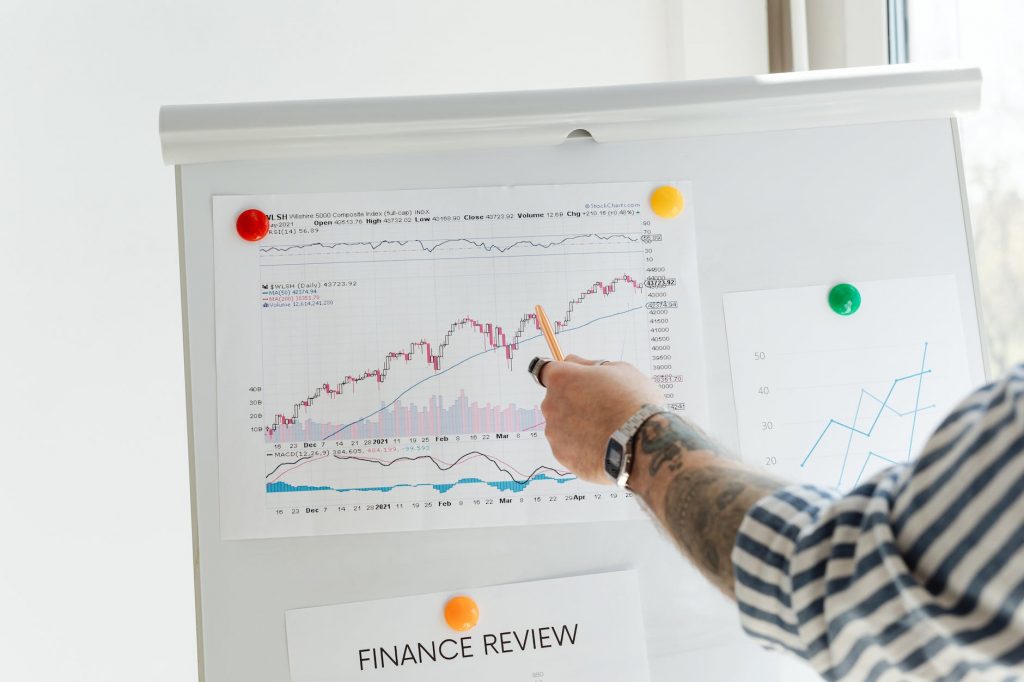Understanding Forex Trade Volume and its Impact on Currency Pairs

Forex trade volume (FTV), often referred to as trading volume, is a critical concept in the foreign exchange market. It reflects the total number of currency pairs bought or sold during a specific period. Understanding this concept helps traders make strategic decisions based on market trends and liquidity. This article unfolds this concept in detail and explores how it affects currency pairs.
What is Forex Trade Volume?
In the context of the forex market, trade volume represents the quantity of currency pairs that participants trade within a given period. It essentially measures the market’s activity. A high FTV implies a high level of activity, which often translates to significant price movements. Conversely, low trade volume may indicate a less active market, resulting in minor price fluctuations.
How Does Forex Trade Volume Work?
Every forex transaction contributes to the total trade volume. For instance, if a trader buys 100,000 EUR/USD, the FTV increases by 100,000. Conversely, if the same trader sells the 100,000 EUR/USD, the volume remains unchanged as it’s the same transaction in reverse. Therefore, forex trade volume is a gauge of the market’s activity level and not the net amount of currency changing hands.
Market Liquidity
Forex trade volume is closely related to market liquidity – a market’s feature denoting the ease of buying or selling assets without causing significant price changes. When the volume is high, the market is considered liquid, making it easier for traders to enter or exit trades at their desired price levels. Low volume periods, on the other hand, might lead to slippage – where trades are executed at a different price than intended due to lack of available buyers or sellers.
Impact on Currency Pairs
Forex trade volume plays a significant role in influencing currency pair values. High trade volume often leads to substantial price volatility, providing opportunities for traders to profit from price changes. However, this volatility can also increase the risk of losses.
Currency pairs with consistently high trade volumes are typically more stable than those with low volumes. These ‘major’ pairs, like EUR/USD or USD/JPY, often have tighter spreads (price differences between buying and selling prices) due to their liquidity. This stability makes them attractive to traders, especially those new to the forex market.
Meanwhile, ‘exotic’ pairs, like GBP/ZAR or USD/THB, generally display lower trade volumes and therefore, higher spreads. Their prices might also be more volatile as a lower volume of trades can lead to significant price changes.
Importance
Understanding forex trade volume is pivotal for successful trading. It helps traders gauge market sentiment – whether the market is bullish (buying sentiment) or bearish (selling sentiment). For instance, a sudden increase in trade volume might indicate a forthcoming major economic announcement or event.
Traders can also use volume as a confirmation tool in technical analysis. For instance, an upward price trend accompanied by increasing volume could confirm the trend’s strength. On the contrary, if the price rises but the volume decreases, it could signal a weak trend and a possible price reversal.
Conclusion
Forex trade volume is a vital aspect of the forex market, providing insights into market activity, liquidity, and currency pair behavior. By understanding and analyzing trade volume, forex traders can make more informed decisions, optimally manage risk, and enhance their profitability.

